Into Africa - Africa
Booking a safari raises more questions than any other style of holiday. Expert Brian Jackman is on hand to answer all your queries, offer advice and help you put together a trip of a lifetime.

Booking a safari raises more questions than any other style of holiday. Expert Brian Jackman is on hand to answer all your queries, offer advice and help you put together a trip of a lifetime.
WHEN IS BEST TO TRAVEL? Africa’s weather varies across the continent but generally follows a basic pattern of wet and dry seasons. Unlike Europe, there is no spring or autumn, and our summer is Africa’s wintertime, a dry season that becomes increasingly hotter as it goes on. In East Africa, November through December is the time of the ‘short rains’, when hot days end in sudden storms that bring the dry plains back to life. But beware the ‘long rains’ of April – a time best avoided. Namibia, on the other hand, enjoys year-round sunshine with hardly any rain except for a few stormy downpours outside of the dry season. The only area with its own weather pattern is the Southern Cape, where rainfall peaks in June and July and November through March is hot and sunny. April to June is the time to see Victoria Falls at its most spectacular, and timing is essential to catch the Serengeti migration as the herds leave their calving grounds in the south of the park in May, heading for Kenya’s Maasai Mara, where they remain from July through October before heading back into Tanzania.
HOW DO I GET THERE? London’s Heathrow Airport is the main departure point for flights to Africa with British Airways, South African Airways, Ethiopian Airlines and Kenya Airways among its leading carriers. Nairobi, the principal hub for East Africa, is only eight-and-a-half hours away by air, while flights to Kilimanjaro (one of Tanzania’s main gateways) take ten-and-a-half hours. Non-stop flights with SAA to Jo’burg take 11-and-a-quarter hours, connecting with flights to Maun (Botswana), Lusaka (Zambia), Windhoek (Namibia) and Harare (Zimbabwe). From all of these main ports of entry you can fly straight into the game parks by light aircraft. There, having landed at a dirt airstrip in the bush, you are met and conveyed by 4WD vehicles to your camp. Road transfers are, of course, a more economical option, but a short flight on a hopper plane gives you more time in the bush – as well as the thrill of seeing Africa from the air at low altitude.
WHAT SHOULD I BRING? First and foremost, binoculars and a digital camera – spend as much as you can as you might only go on safari once and you can always sell them at a good resale value later. Most camps and lodges provide torches but I like to take my own, and a head-torch also comes in handy. Always try to bring one set of binos and torch per person, as there’s generally only one per lodge or camp. Sunglasses and a high-factor sun-cream are essentials, and insect repellent with a high DEET content is recommended. If you react badly to bites, pack some calamine cream. For contact lens wearers, dust can be a problem. Bring plenty of lens solution and, if on a long trip, take the prescription for your glasses. Glasses wearers should pack a spare pair, and a safety cord to attach to them is a good idea. I also pack a kikoi – Africa’s version of the sarong. It’s such a versatile garment. You can use it as a scarf, fold it up to make an impromptu beanbag on which to rest your camera or tie it around your head, Lawrence of Arabia style. Pack everything in a soft, light bag that can easily be stowed in a small bush plane.
WHERE IS BEST VALUE FOR MONEY? For me it has to be Kenya, the country that virtually invented the safari back in the days when Victorian adventurers set out from Nairobi to bag big game for their trophy rooms. Today, Nairobi is still paramount as the main springboard for East Africa’s tourist trade, and Kenya, being only eight hours by air from London, is nearer and therefore less expensive to reach than any of its rivals. In addition, its tourist infrastructure is the best of the safari destinations, having been honed over the years in providing everything its visitors need. All its game parks are easily accessible by light aircraft from Nairobi’s Wilson Airport. The landscape has grassy plains and rolling hills, and is crossed by the Mara and Talek rivers. Accommodation, be it a no-frills bush camp or a swanky safari lodge, is as good as you’ll find anywhere, and if you are intent on seeing the Big Five (lion, leopard, elephant, rhino and buffalo), Kenya always delivers.
CAMP OR LODGE? It’s said that you have only been on safari if you have stayed in a camp – if you stayed in a lodge, you were on holiday. It’s certainly true that living under canvas brings you closer to the wild, showering under the stars and listening to lions and other sounds of the African bush while safely tucked up in your tent at night. On the other hand, there’s a lot to be said for the creature comforts of a well-designed lodge, such as shady verandas, internet connection, a decent bar and an infinity pool to cool off in at the end of the day.
WHAT DO I WEAR? Wear whatever is practical and comfortable. No bright colours – and that includes white (elephants become animated at the sight of white). Instead, blend into the savannah with khaki colours or shades of green in lightweight cottons to keep you cool, with long sleeves to protect against too much sun or scratchy thorns if walking. The same goes for taking long trousers as well as shorts, especially in areas where tsetse flies are a nuisance. And never wear jeans – tsetse flies love the colours blue and black. A baseball-style bush hat will keep the sun out of your eyes and not blow away in the wind or on the back of an open-topped 4X4. Warm clothes are essential for chilly dawn game drives and campfire evenings, so take a sweater or two and a bush jacket. Most camps and lodges provide waterproof ponchos and umbrellas if it rains. It should go without saying and sounds obvious, but fully enclosed footwear such as thorn-proof trainers is absolutely essential.
WHAT’S THE FOOD LIKE? Generally, very good. There are opportunities to try local favourites such as East Africa’s nyama choma (roast meat) or South Africa’s barbecued boerewors(literally ‘farmers’ sausages’) but safari cuisine is universally European-style, excelling in soups, salads, pasta, quiches and fabulous bread baked fresh each morning. Breakfasts feature tropical fruit followed by bacon and eggs cooked however you like them. Everything is generally served family-style to a group on shared tables, so it’s a very sociable affair where people swap stories about days in the bush. Don’t expect à la carte fine dining; do expect a broad selection of crowd-pleasing plates. If you let your residence know in advance of your trip of any likes and dislikes (bearing in mind that produce may only be delivered a couple of times a week), most tastes can be accommodated.
HOW LONG SHOULD I GO FOR? A week’s safari, staying three nights in one park and three in another, will give you a lifetime of memories. However, if you are going that far, it pays to either move to another country for a different safari experience, or combine safari with a beach break at the end.
WHEN SHOULD I BOOK? Six months in advance is not too soon to avoid the disappointment of finding flights full up and no room left at the lodge of your dreams, especially if you are hoping to witness a popular attraction such as the Serengeti wildebeest migration (February and March).
HOW SAFE IS IT? On safari you are entering a world that is home to all kinds of potentially dangerous indigenous animals. Foremost among them are the Big Five. In addition, the African bush is inhabited by venomous snakes, scorpions, spiders and other nasty creepy-crawlies, but provided you remain aware and always listed to the expert advice of your guide, don’t take unnecessary risks and follow the rules, wild Africa is generally a much safer place than London.
DO I NEED A VISA? Not if you are a British citizen wanting to go on safari in Botswana, South Africa or Namibia. But you will need one for Tanzania, Kenya, Uganda, Zambia, Zimbabwe and Malawi. For Uganda you’ll need to obtain one from the Uganda High Commission by applying online. You can also apply online for some other countries but it’s easy to obtain one on arrival at the airport. The average cost of a single-entry tourist visa is around £40 (£58 for Malawi). And do make sure that your passport is valid for six months beyond your date of return.
WHAT ABOUT VACCINATIONS AND MALARIA?
Although the World Health Organisation (WHO) has now declared Tanzania a low-risk region for yellow fever, Zanzibar officials may ask to see a yellow fever certificate upon arrival from the Tanzanian mainland. This is a common stipulation on entering several African countries, including Uganda and Kenya. Yellow fever vaccine and vaccination certificates are only available from registered yellow fever vaccination centres. Visit http://www.nhs.uk to find a centre near you – and expect to pay £60-£80. Otherwise there are no mandatory health requirements for visitors travelling direct from the UK. However, unless your trip is confined exclusively to the malaria-free parts of South Africa, you’ll certainly need anti-malaria tablets. I have always used Malarone effectively without any side effects whatsoever, but you should always consult your GP about this and all other health matters, including up-to-date advice on all vaccinations at least eight weeks before you fly.
HOW MUCH SHOULD I TIP? There are no hard and fast rules, but US dollars are acceptable everywhere and it’s best to pay at the end of your stay. As a rough guide, reckon on $10/£8 per day for your safari driver/guide, and leave the same amount for the camp staff in the tip box provided.
WHERE’S BEST FOR FAMILIES? Don’t let worries about malaria put you off when travelling with your tribe. Unlike East Africa, much of South Africa is malaria-free, including superb wildlife areas such as Kwandwe, a private Big Five game reserve not far from the stunning Garden Route, running between Cape Town and Port Elizabeth, and the Marakele National Park in the Waterberg region. Kwandwe game reserve is situated just 160km from Port Elizabeth in South Africa’s Eastern Cape. It’s ideal for families due to its malaria-free status and its incredible range of wildlife, birds and activities aimed at younger explorers. Nine days from £2,765pp, with Original Travel, 020 7978 7333, http://www.originaltravel.co.u...
WHAT’S A TYPICAL DAY ON SAFARI? Book your wake-up call for 6am. Morning game drives set out before sun-up to catch the big cats in action before they go flat. There will be plenty of time to catch up on your sleep when you return mid-morning to enjoy a late breakfast. Alternatively, it’s fun to take a picnic breakfast. After lunch and a siesta, it’s time for tea and the afternoon game drive, returning after sundowners in time for a shower before supper, then maybe a nightcap by the campfire before bedtime. Some camps and lodges also offer after-dinner drives with the spotlight on, looking for nocturnal animals such as leopards, genets, porcupines and spring hares.
WHERE’S BEST FOR BIRD LIFE? Abundance and variety is what makes Africa a twitcher’s paradise. Abundance can certainly be seen in the one-and-a-half million flamingos that settle in candyfloss clouds on Kenya’s Rift Valley lakeshores. Variety comes in the colourful plumage of more than 2,500 different species, of which nearly half can be seen in Uganda in birding hotspots such as Bwindi and Kibale Forest. But to spot the shoebill stork, the most sought-after prize, you must head for Queen Elizabeth National Park.
WHAT TECH SHOULD I BRING? Binoculars are a must. Invest in the best and they will last you a lifetime. Professional guides swear by Swarovski, with at least an 8x42 magnification to ensure sharpest focus on dawn and dusk game drives. You’ll also want a good camera to catch those close-up moments with the big cats. Thanks to modern technology, a state-of-the-art digital camera such as the Canon EOS 750D does the trick and is pretty lightweight. Buy it online for around £550, plus a telephoto zoom lens for around £200, or contact Lenses for Hire to rent one for your trip. http://www.lensesforhire.co.uk
ARE THERE ANY ADD-ONS I SHOULD CONSIDER? It’s not cheap, but a sunrise hot air balloon flight is a wonderful way to get a new perspective of life on the plains and the majesty that unfolds as you climb. Expect to pay around £400. A few days relaxing beside the Indian Ocean makes the perfect way to end a safari. Tucked away among the palms and mangrove creeks of the Kenyan coast are dreamy boutique hotels and barefoot beach lodges where you can swim and snorkel to your heart’s content. Or get to know Zanzibar with its white coral sands and Swahili culture. In southern Africa, choices range from elegant beach resorts like Plettenberg Bay on South Africa’s Garden Route, to an island-hopping cruise onboard a sailing dhow in Mozambique’s Quirimbas Archipelago. 12 days from £2,660pp with Rainbow Tours, 020 7666 1250, http://www.rainbowtours.co.uk
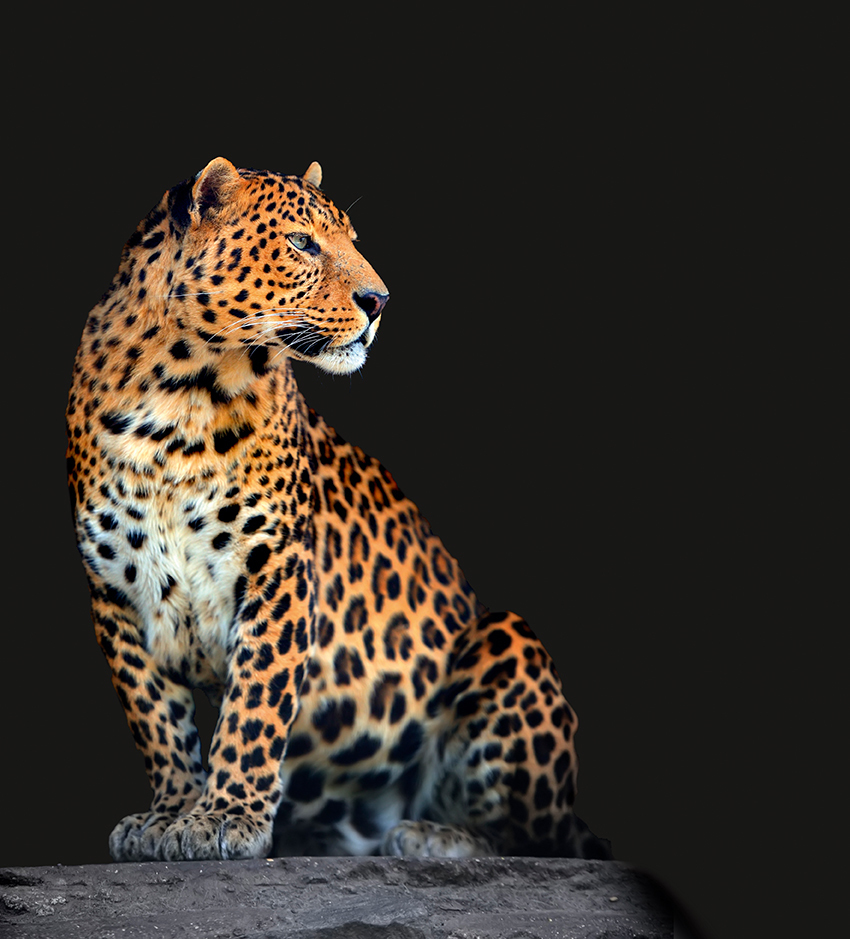
BEST FOR GORILLA TREKKING
With its dense jungles and open savannahs, Uganda is a verdant country of great contrasts, from the ice-bound summits of the Rwenzoris to the lakes and waterfalls of the Great Rift Valley.
ON A BUDGET
Treat yourself to an express fly-in gorilla safari – a great add-on to a safari in Kenya or Tanzania including round-trip flights between Entebbe and Bwindi for three nights full board at Bwindi Lodge. Gorilla permits cost an additional £470 per permit. From £1,777pp (March-May, October and November), excluding flights, with Natural World Safaris,01273 691 642, http://www.naturalworldsafaris...
BLOW THE BUDGET
Track down the shoebill, Africa’s most sought-after bird species, in Uganda’s Queen Elizabeth National Park on an 11-day Shoebills, Birds & Mammals trip. From £4,495pp, with The Travelling Naturalist, 01305 267 994, http://www.thetravellingnatura...
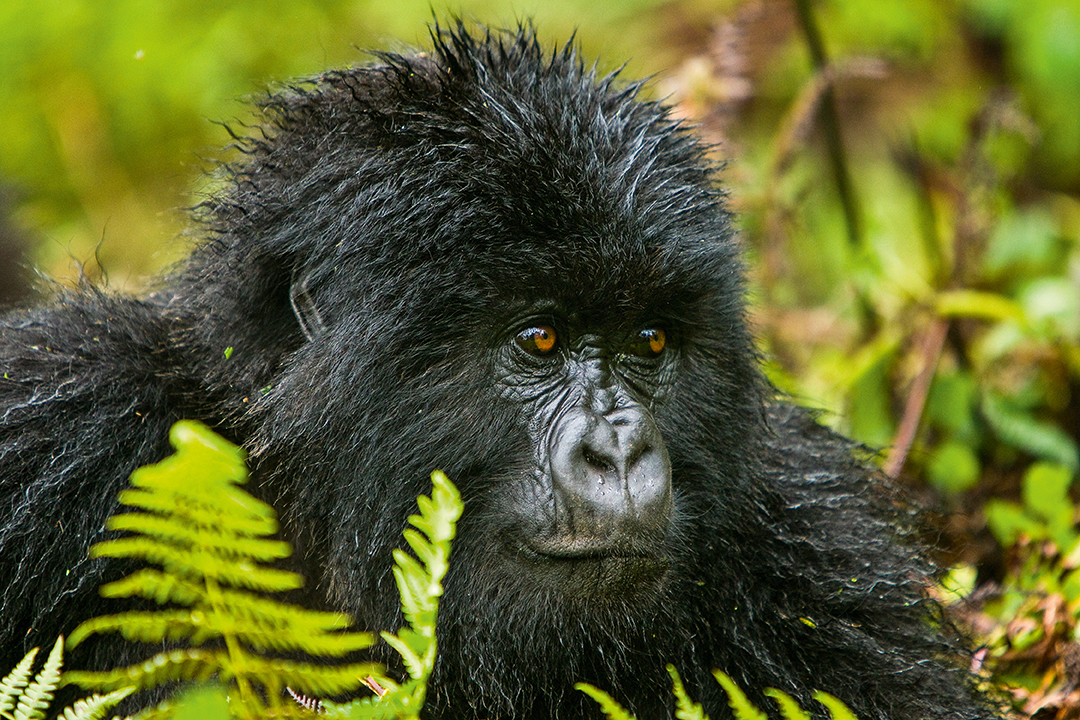
BEST FOR BIG FIVE RESERVES AND LUXURY LODGE
Welcome to the Rainbow Nation, which offers a choice of more than 20 national parks, including the world-famous Kruger and the lesser-known but beautiful Mokala National and Hluhluwe-Imfolozi parks. Not to mention whale-watching trips and cage diving with great white sharks.
ON A BUDGET
South Africa Bush & Beach Safari for Families is a great-value holiday in KwaZulu-Natal taking in a Big Five safari and a renowned beach hotel. This trip is strong on wildlife, beach and relaxation with accommodation in excellent lodgings. Seven nights from £1,076pp, excluding flights, with Tour Dust, 020 3291 2907, http://www.tourdust.com
BLOW THE BUDGET
Tswalu is South Africa’s largest private wildlife reserve. It’s owned by the Oppenheimer family and is twice the size of Norfolk. Five nights from £6,510pp, with Journeys by Design, 01273 623790, http://www.journeysbydesign.co...
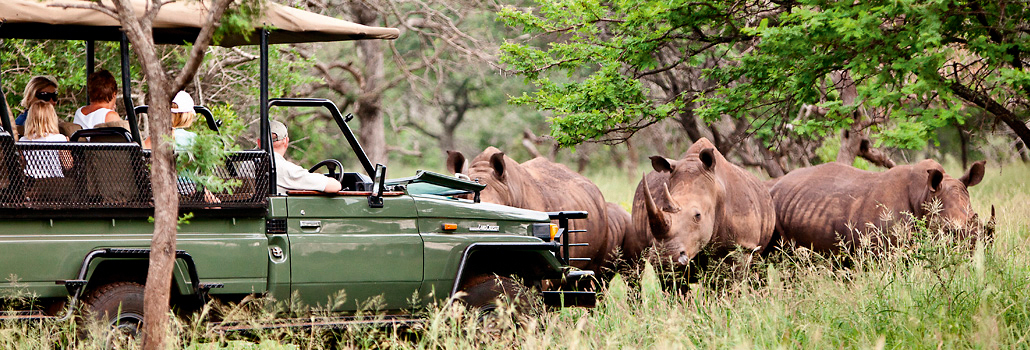
BEST FOR THE WILDEBEEST MIGRATION
Tanzania is East Africa at its most spectacular. Think Serengeti, Ngorongoro Crater and Mount Kilimanjaro as a tableau. Zanzibar makes a great add-on to finish a stay at one of the excellent eco-hotels on the Spice Island.
ON A BUDGET
Accompanied throughout by a tour leader,
this classic tour by 4WD takes in the famous parks of the northern circuit: Lake Manyara, Ngorongoro, Tarangire and the Serengeti. Ten days from £3,349pp, with Exodus Travel,020 3733 0689, http://www.exodus.co.uk
BLOW THE BUDGET
Catch the migration at Singita Grumeti, a private wilderness the size of the Mara in the Serengeti’s stunning Western Corridor. Here, luxury is the keynote. Even the tents are air-conditioned. Seven days from £12,250pp,
with Bailey Robinson, 01488 689 700, http://www.baileyrobinson.com

BEST FOR BIG CAT SAFARIS
This is Africa for beginners, where the Maasai Mara and other Big Five game reserves combine perfectly with the barefoot beach lodges of Kenya’s dazzling Coral Coast.
ON A BUDGET
A seven-day safari by 4WD visiting Maasai Mara, the flamingo lakes of the Great Rift Valley and Amboseli National Park in the shadow of Kilimanjaro. From £2,259pp, with Hayes & Jarvis, 01293 832 288, http://www.hayesandjarvis.co.u...
BLOW THE BUDGET
See the migration on a ten-night safari with three nights at Elephant Pepper Camp in the Mara plus three nights at Elsa’s Kopje in Meru National Park and two nights at Lewa Wilderness Camp. From £6,600pp, with Safari Consultants, 01787 888 590, http://www.safari-consultants....
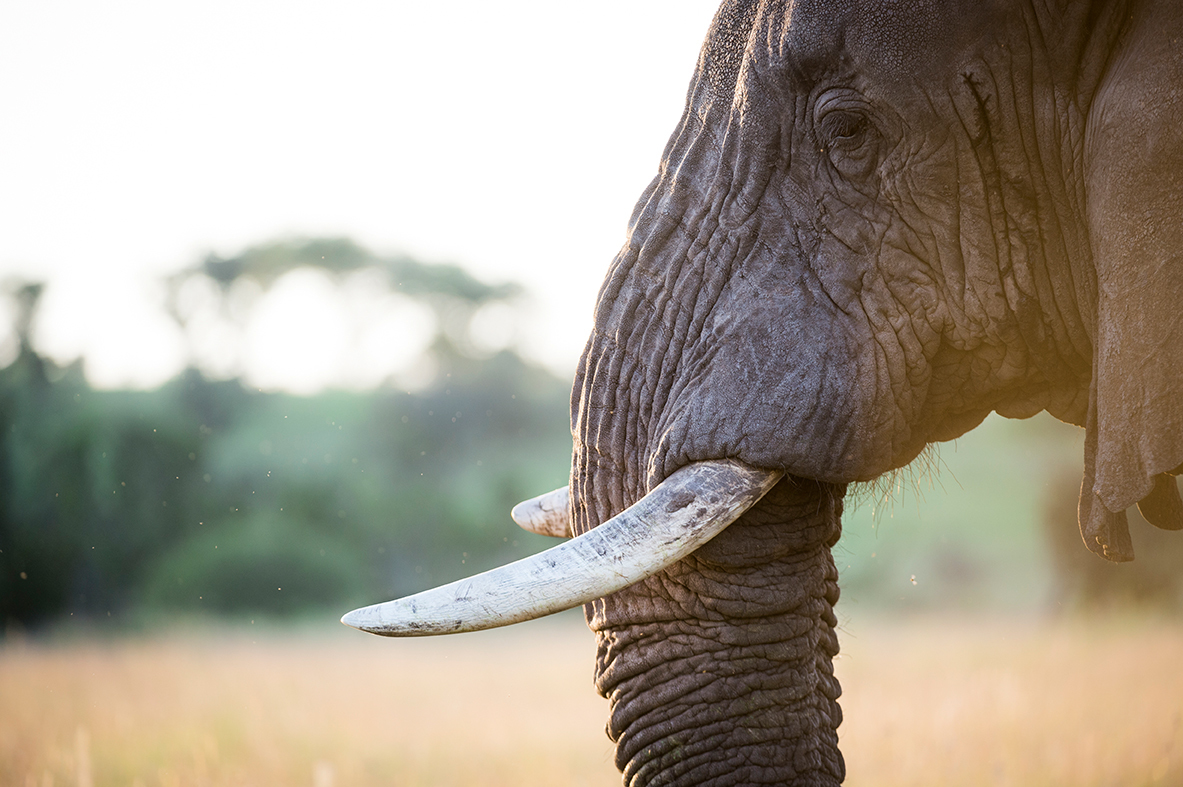
BEST FOR SELF-DRIVE SAFARIS
Although Etosha is regarded as one of Africa’s finest game parks, it is the Namibian landscapes that are the main attraction here. Its dunes and deserts and otherworldly Skeleton Coast are the next best thing to a trip to Mars.
ON A BUDGET
The itinerary for this 14-day winter self-drive safari includes Windhoek, Okonjima, Etosha National Park, Sossusvlei and Damaraland. From £2,994pp, with Safari Drive, 01488 71140, http://www.safaridrive.com
BLOW THE BUDGET
Check in for this ten-day Goshawk Fly-In safari offering a superb overview of Namibia, including the giant dunes at Sossusvlei, the desert wildlife of Damaraland, Etosha National Park and the Skeleton Coast with luxury accommodation throughout. From £7,150pp, excluding flights, with Expert Africa, 020 3405 6666, http://www.expertafrica.com
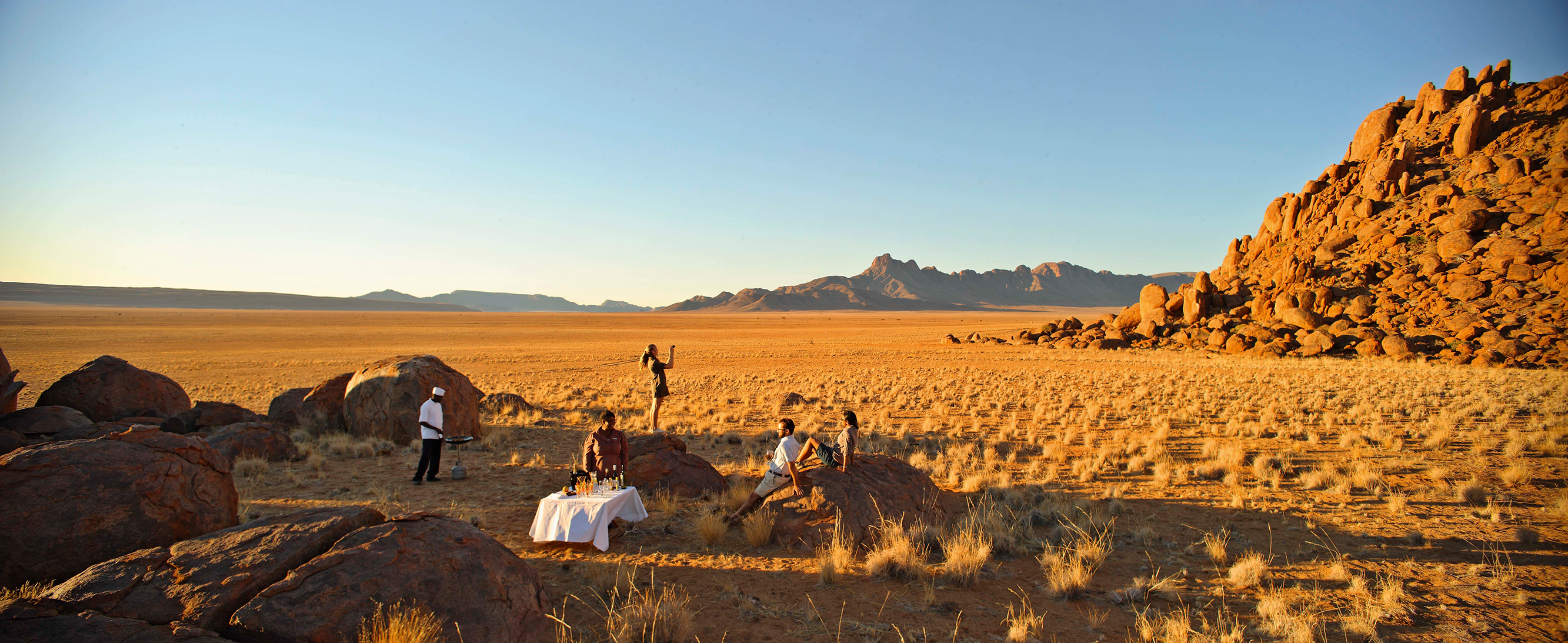
BEST FOR RHINO SPOTTING
This is the self-acclaimed ‘warm heart of Africa’. Divide your time between its vast, up-and-coming game parks and the crystal-clear waters of spectacular Lake Malawi.
ON A BUDGET
Mahlatini’s nine-day safari includes river cruises, game drives, walks and night drives. It starts with a stay at Mvuu Lodge and safaris into Liwonde National Park, where you’ll be hoping for a sighting of the black rhino, and ends with a stay at Mumbo Island Camp on Lake Malawi. From £2,550pp, including flights. 0289 099 6071, http://www.mahlatini.com
BLOW THE BUDGET
Far and Wild’s bush-and-beach experience includes three nights in the Majete Wildlife Reserve at the luxurious Mkulumadzi Lodge followed by four nights relaxing on the shores of Lake Malawi. Ten days from £3,473pp, including flights. 01768 603 715, http://www.farandwild.travel
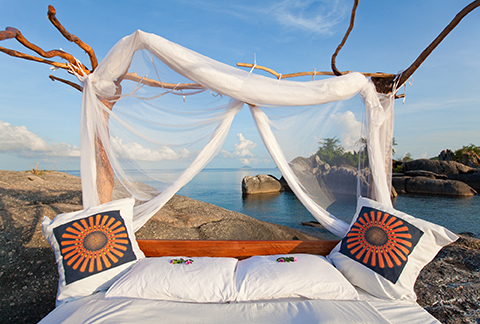
BEST FOR SPOTTING LEOPARDS AND WALKING SAFARIS
Together with Kafue National Park and the Liuwa Plains, this is wild Africa as it used to be.
ON A BUDGET
Enjoy 11 days camping while travelling from Victoria Falls to Dar Es Salaam. The route takes in South Luangwa National Park, Lake Malawi, Victoria Falls and Lusaka. It’s the ideal trip for a traveller who appreciates varied flora and fauna as much as they do the wildlife. From £865pp excluding flights, with African Overland Tours, 0800 988010, http://www.africanoverlandtour...
BLOW THE BUDGET
A typical eight-day safari will combine exceptional game, excellent cuisine, intimate setting and overall simplicity – and will be suitable for families. This trip with Yellow Zebra combines dry game in South Luangwa National Park with the waterways of the Zambezi. From £3,600pp, 020 3199 8873, http://www.yellowzebrasafaris....
BEST FOR HELI-FLIGHTS OVER VICTORIA FALLS
Despite the governing powers’ years of misrule, Zimbabwe’s national parks have survived unscathed and its professional safari guides are the best in the business.
ON A BUDGET Spend three days at the family-run Ilala Lodge to see the Victoria Falls, then fly to Hwange National Park for three days of big game viewing. From £1,855pp, excluding flights, with Zambezi, 01752 878 858, http://www.zambezi.com
BLOW THE BUDGET Explore all of Zimbabwe’s major wildlife hotspots to see creatures great and small, awesome scenic beauty and some of the best sunsets in Africa over 13 days. From £6,170pp, with Zimbabwe Holiday Architects,01242 253 073, http://www.zimbabweholidayarch...
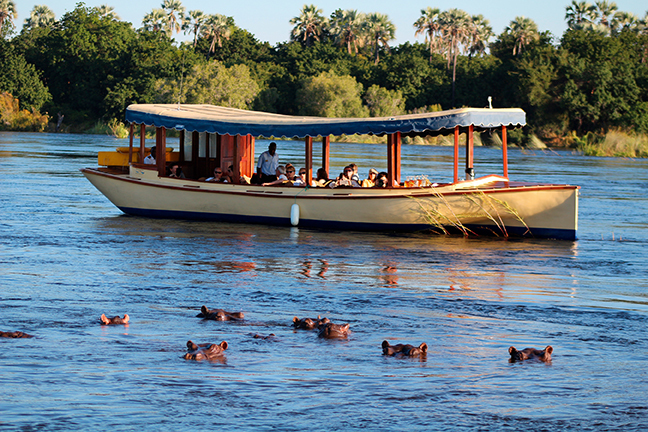
BEST FOR MOBILE CAMPING SAFARIS
This is a country the size of France with a population of only 2.3 million – so no wonder it has enough room for 150,000 elephants. Its greatest glory is the Okavango Delta, a vast wildlife oasis in the heart of the Kalahari Desert.
ON A BUDGET
Take a mobile tent safari along the Khwai River Khwai Community Concession – a beautiful series of lagoons and acacia-studded plains with forests of leadwood. In contrast, Moremi Game Reserve – on the eastern edge of the Okavango Delta – is a stunningly beautiful area of floodplain and mopane woodland that attracts a wealth of wildlife. Both locations play host to the area’s most fascinating inhabitant: the African wild dog. Eight days from £2,595pp, excluding flights. Wildlife Worldwide, 01962 302 086, http://www.wildlifeworldwide.c...
BLOW THE BUDGET
For sheer, away-from-it-all romanticism, Jack’s Camp is hard to beat. Combine with Belmond Eagle Island Camp in the Okavango for a desert and delta deluxe safari. Eight days from £7,970pp, with The Ultimate Travel Company, 020 3553 2024, http://www.theultimatetravelco...
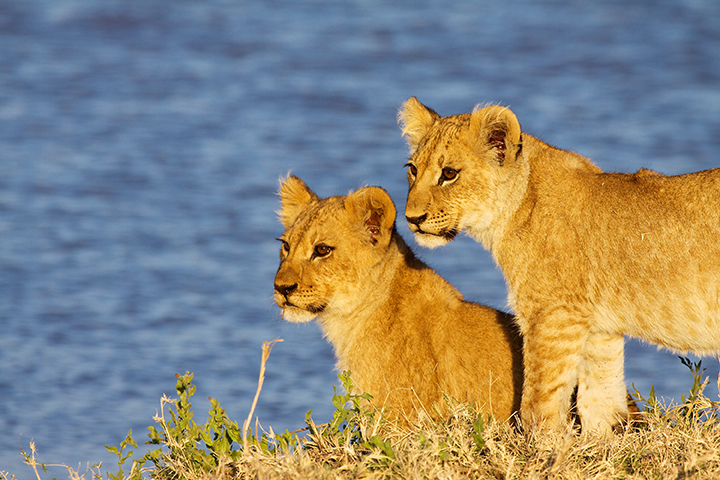
Subscribe and view full print editions online... Subscribe